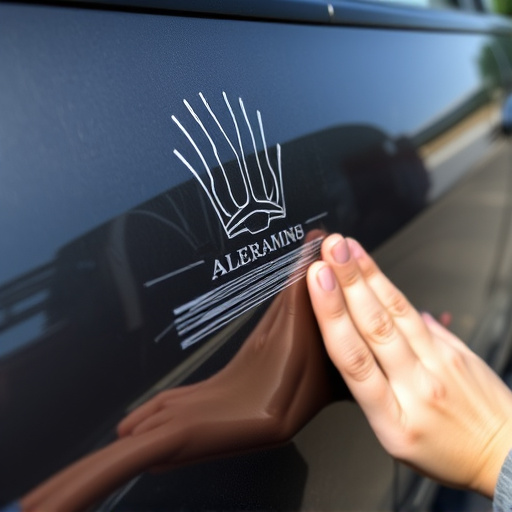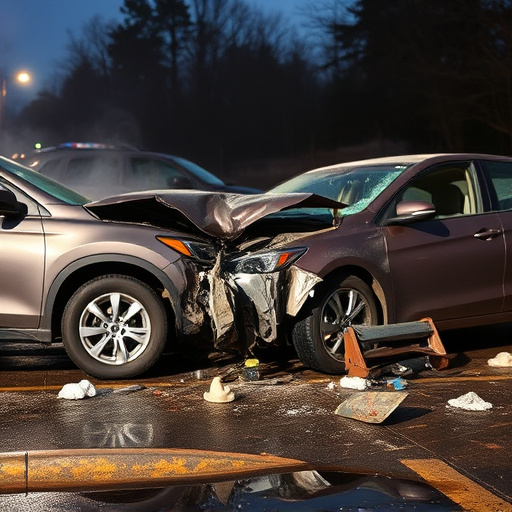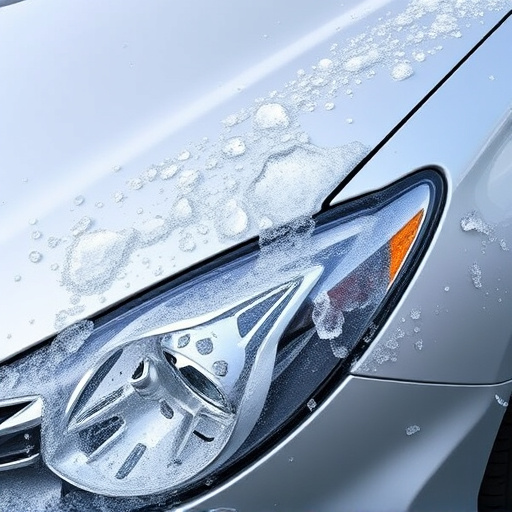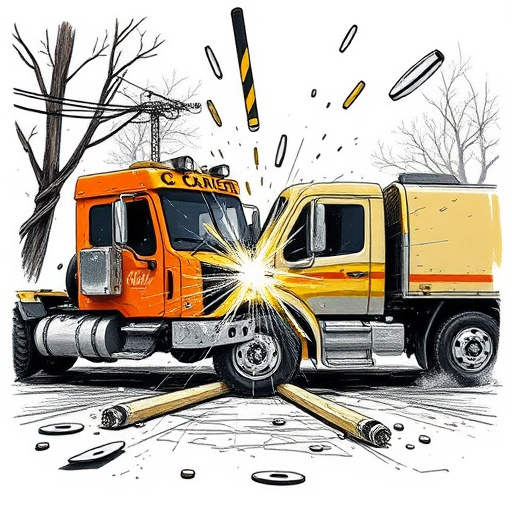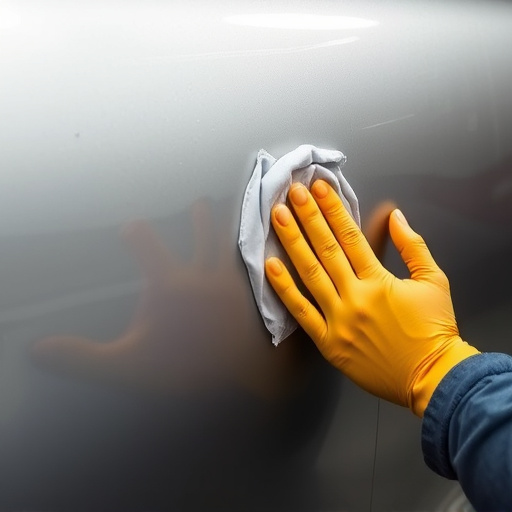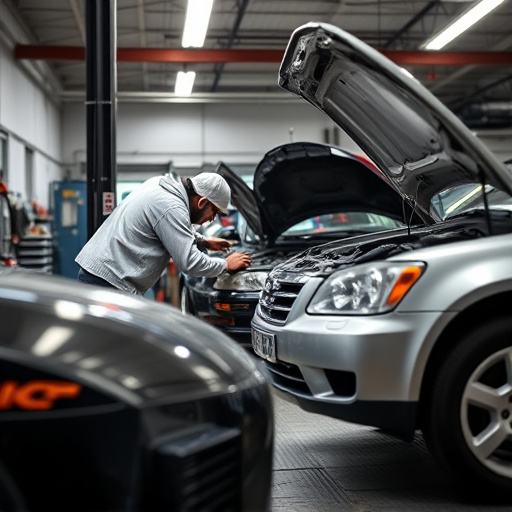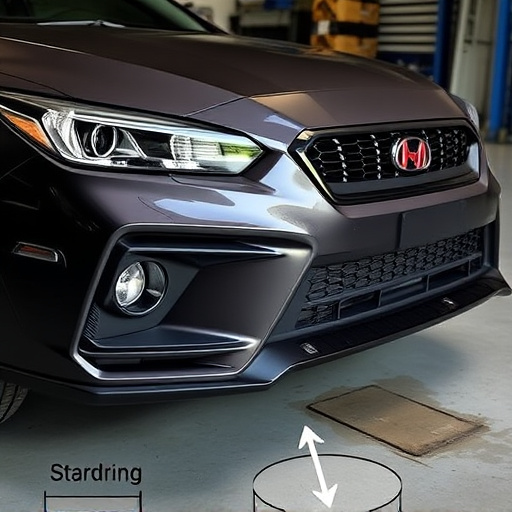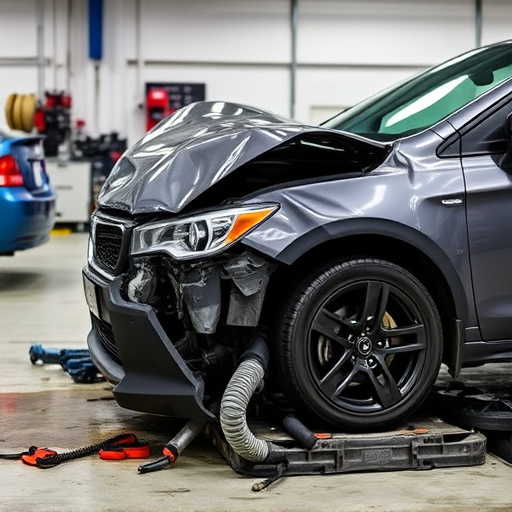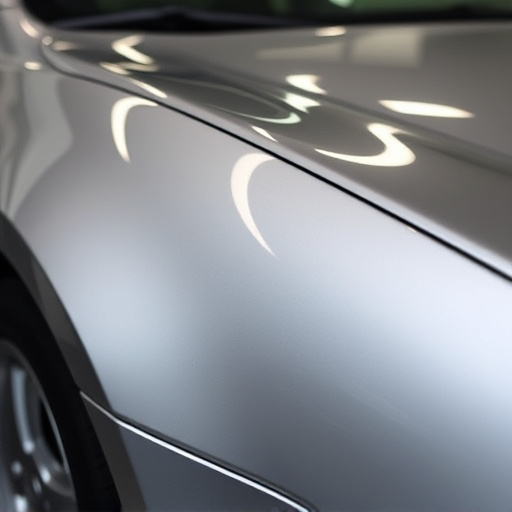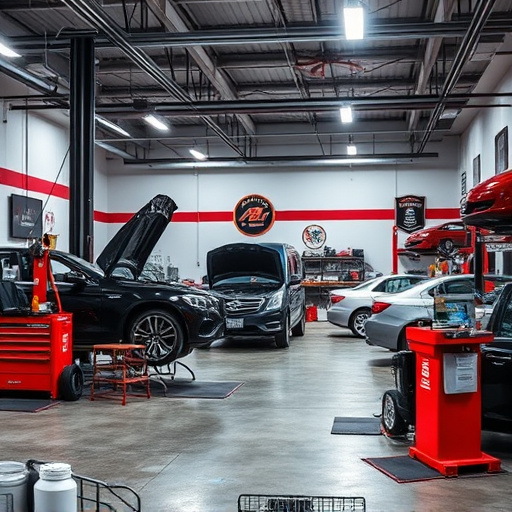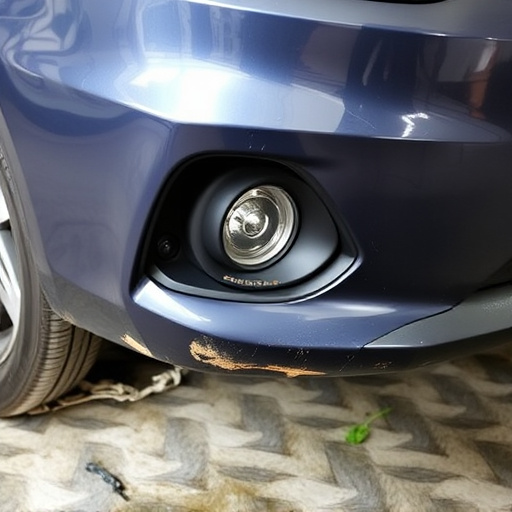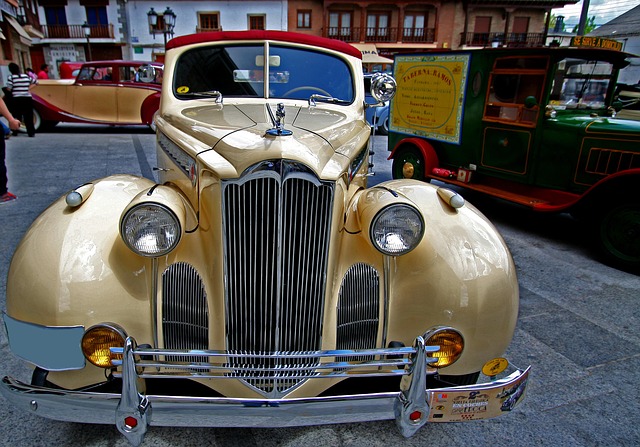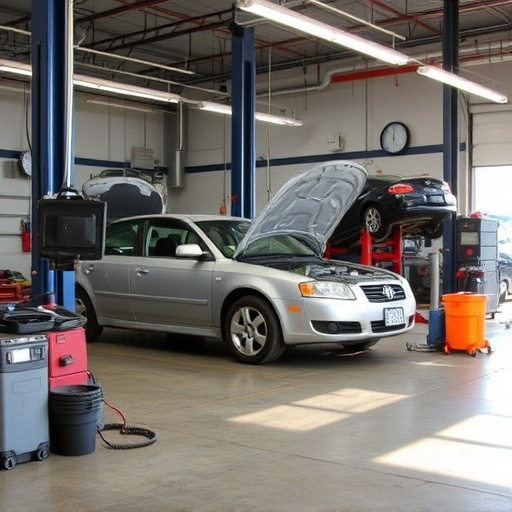Sports car body repair demands advanced techniques like 3D scanning and paintless dent repair (PDR) for thorough inspections, preserving original finishes and structural integrity. Panel replacement requires precision disassembly, alignment, and welding to maintain aerodynamics and aesthetics. Restoring vintage cars involves period-accurate methods, ensuring historical authenticity while showcasing the art behind reviving treasured vehicles.
Uncover the art and secrets behind mastering sports car body repair with our comprehensive guide. From identifying hidden damage to restoring vintage classics, we delve into the techniques that transform damaged bodies into racing-ready masterpieces. Learn how expert panels are replaced with meticulous precision, ensuring every curve and contour aligns perfectly. Discover restoration tips and tricks that breathe new life into classic sports cars, preserving their legacy for future generations of enthusiasts.
- Uncovering Hidden Damage: Techniques for Sports Car Body Repair
- The Art of Panel Replacement: A Delicate Process Revealed
- Restoration Secrets: Reviving Vintage Sports Car Bodies
Uncovering Hidden Damage: Techniques for Sports Car Body Repair
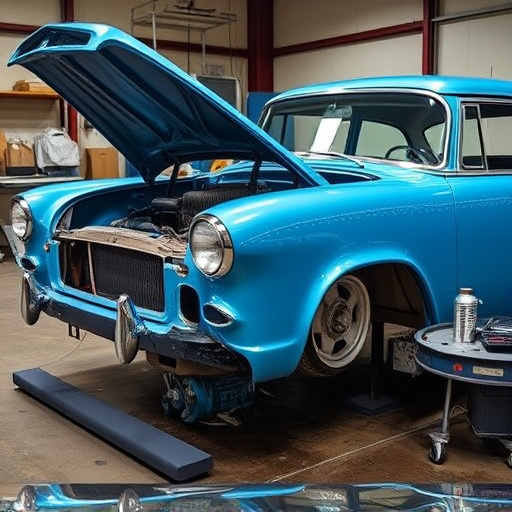
Hidden damage is a common issue with sports cars, often obscured by their sleek and stylish exteriors. Uncovering these secrets requires a meticulous eye and advanced techniques specific to sports car body repair. Experts in this field use specialized tools and methods to detect even the slightest dents or cracks that might have gone unnoticed during initial inspections. One powerful tool is 3D scanning, which creates detailed digital models of the vehicle body, allowing for precise measurements and comparisons. This technology ensures that every curve and contour is examined, revealing hidden damage that could compromise structural integrity.
Additionally, sports car body repair involves sophisticated paintless dent repair (PDR) techniques to address minor dents and scratches without repainting the entire vehicle. PDR specialists use specialized tools to gently push out dents from the inside, leaving no trace of damage on the exterior. This method not only preserves the original finish but also saves time and money compared to traditional collision repair services. By combining advanced technology with skilled craftsmanship, sports car owners can restore their vehicles to near-original condition, ensuring both safety and aesthetic appeal.
The Art of Panel Replacement: A Delicate Process Revealed
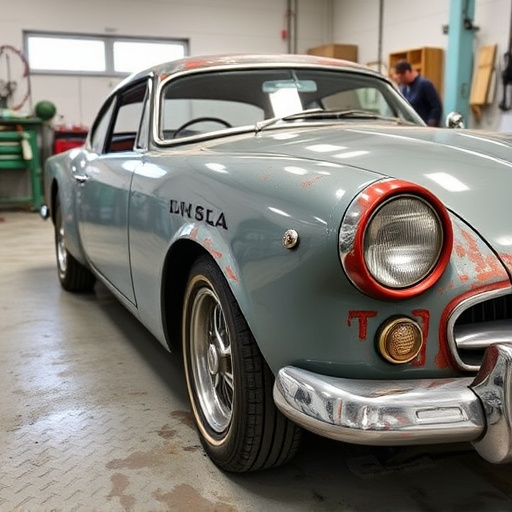
In the realm of sports car body repair, panel replacement is a delicate art that requires precision and expertise. It’s more than just swapping out damaged panels; it involves precise measurements, skilled welding, and an eye for detail to ensure the car’s original aesthetics are maintained. The process begins with meticulous disassembly, where technicians carefully remove the damaged panel while preserving nearby components. This careful navigation is crucial, especially in sports cars known for their sleek, aerodynamic designs.
Once the old panel is removed, a new one—often an exact replica or a expertly crafted replacement—takes its place. The art lies in aligning the panel perfectly with the car’s contour and ensuring seamless integration. Skilled technicians use specialized tools to weld the panel securely, hiding the repair joints from casual glance. This meticulous craftsmanship is vital for maintaining the car’s structural integrity and aesthetic appeal, making it a key aspect of sports car body repair that ensures these machines not only run but also look their best after overcoming minor mishaps like hail damage or even frustrating car scratch repairs.
Restoration Secrets: Reviving Vintage Sports Car Bodies
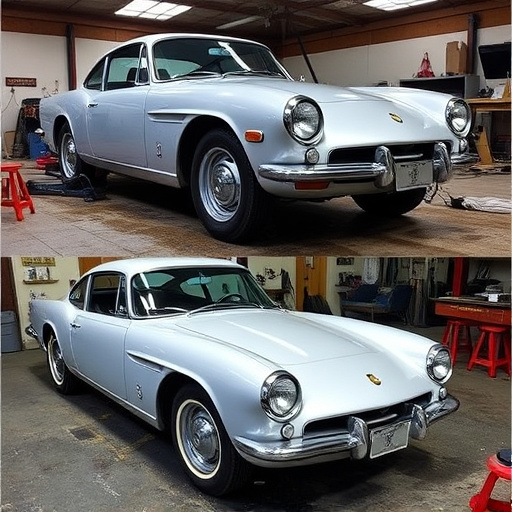
Restoring vintage sports cars is an art form in itself, as these vehicles are often treasured for their historical significance and unique aesthetic appeal. When it comes to reviving their bodies, there are several lesser-known secrets that can make all the difference. One of the most crucial aspects is understanding the original materials used. Different eras had distinct preferences; knowledge of these variations allows restorers to choose the right techniques for each specific model.
For instance, many vintage cars featured body panels made from wood or aluminum, requiring specialized skills and tools for auto body repairs. Today’s restoration enthusiasts often seek out traditional methods, such as hand-laying glass over wood or using period-accurate paints and finishes. These techniques not only ensure the car’s structural integrity but also preserve its historical authenticity, making it a true testament to the craft of sports car body repair.
Sports car body repair is an art that combines precision, skill, and a deep understanding of automotive engineering. By mastering techniques such as hidden damage detection, panel replacement, and restoration secrets, enthusiasts can bring their vintage sports cars back to life, ensuring these iconic vehicles continue to grace the roads with their distinctive style and performance. Whether you’re a professional or an avid enthusiast, delving into these secrets empowers you to embark on a journey of transformation, preserving the legacy of these remarkable machines.
